Austrian sorghum reaching new heights.

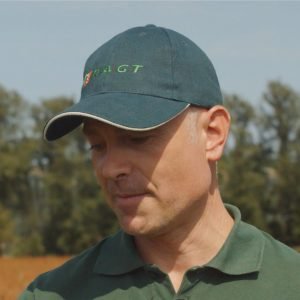
“A few years ago,” Hermann Tappler told us, “most Austrian farmers didn’t know how to grow sorghum and didn’t even imagine it could be part of their rotations. The damage caused by corn rootworm and the increasing pressure of this pest led them to consider introducing new crops into their farms”. RAGT, a seed company that has been heavily involved in research on this species for some 40 years, has made a major contribution to raising awareness of the interest in sorghum hybrids and the wide range available, especially regarding its adaptation to different uses in Austria. “We have also popularized technical advice, to promote good practices from sowing to harvesting. We carry out a large number of experiments ourselves each year. “
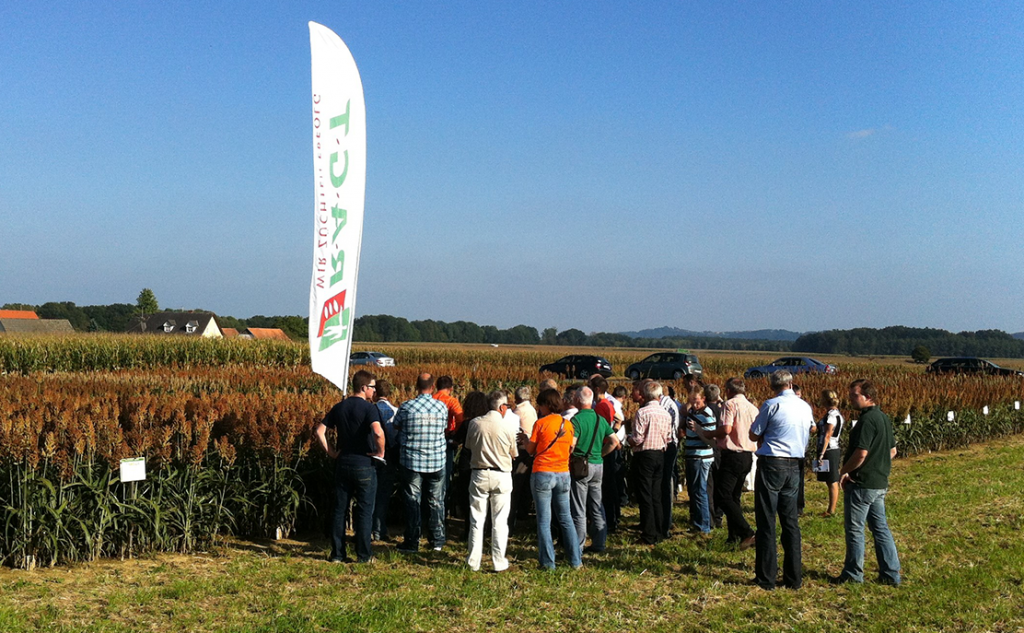
10,000 ha
“In view of the demand for seeds from farmers, we estimate that the area sown with sorghum in Austria has now reached 10,000 ha”. And in terms of outlets trends, while the sorghum silage and sorghum biomass (for biogas production) acreages are stagnating, the sorghum grain acreage (used for animal feed) is increasing. Sorghum is mainly produced in the pig breeding areas of Styria, Upper Austria, Lower Austria and Carinthia.
For Austrian farmers, not only is sorghum drought-tolerant, but it has several advantages: it makes very good use of livestock manure, in particular muck, it does not require any special equipment and it improves the organisation of work on the farm because there is better spreading of work in the spring and at harvest time, which limits peak work periods.
With the exception of weed control, sorghum does not require any crop protection interventions such as insecticides or fungicides. Sorghum is usually planted after maize in early- to mid-May with a conventional maize drill with a 70 cm row spacing. About 320,000 seeds are planted per hectare. Precise deep placement on the wet layer ensures even emergence in the field.
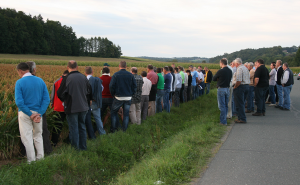
Ration design and fattening performance identical to that of maize
Most of the sorghum harvest is consumed on the farm. The grains are harvested and stored at a moisture content of about 25% to 30%. Feed manufacturers appreciate the fact that the processing chain is identical to that for maize and that the sorghum is optimally integrated into the manufacturing process. Even in years with high fusarium pressure, the sorghum grains ripen healthily and are little impacted by this pressure. After initial scepticism, many experiments have shown that in addition to pig fattening, sorghum can also be used as an alternative to maize in piglet rearing as a single grain component. The use of sorghum does not affect the taste of the ration or its nutritional value.
Average yields in the favourable southern areas are between 95 and 115 quintals of dry sorghum per hectare, with sometimes as much as 130 quintals. “The development of many new varieties, as well as trials conducted by RAGT Saaten and the chambers of agriculture, show that the genetic potential of our hybrids is high.”
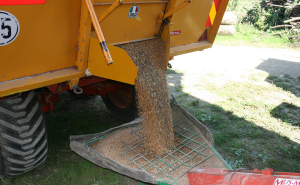
Advantages of grain sorghum in Austria:
- high and stable yield
- high tolerance to water stress
- cultivation practices comparable to maize
- low input consumption
- little impact of fungal pressure, especially fusarium.
- good valorisation of muck and livestock manure.
- possible and satisfactory use in animal feed for pigs and poultry.
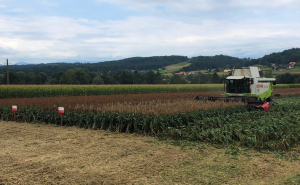
Technical Challenges:
- Weed control in wetlands. Weeds in the south of the country are very present and with already high maize rotations, their control is sometimes very complicated, and the number of available chemical solutions is decreasing. The weed control step should therefore not be neglected in sorghum cultivation.
- Occasional erosion problems on sloping plots due to slow crop development at the beginning of the cycle.
Continue ?
Food manufacturers, ask for the Star-Sorghum Guide.

+58%. Such is the increase in sorghum seed breeding acreage in Europe this year.













